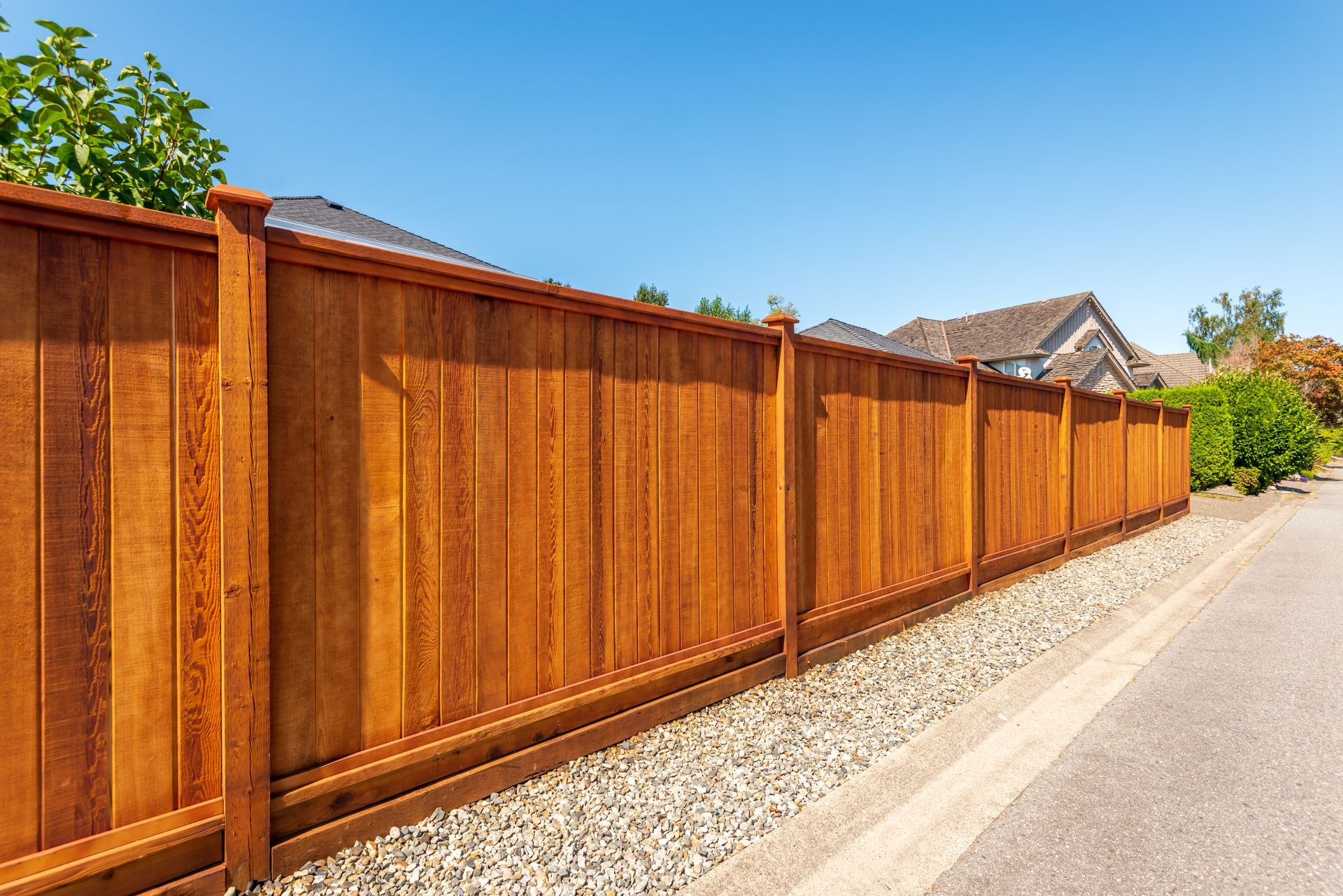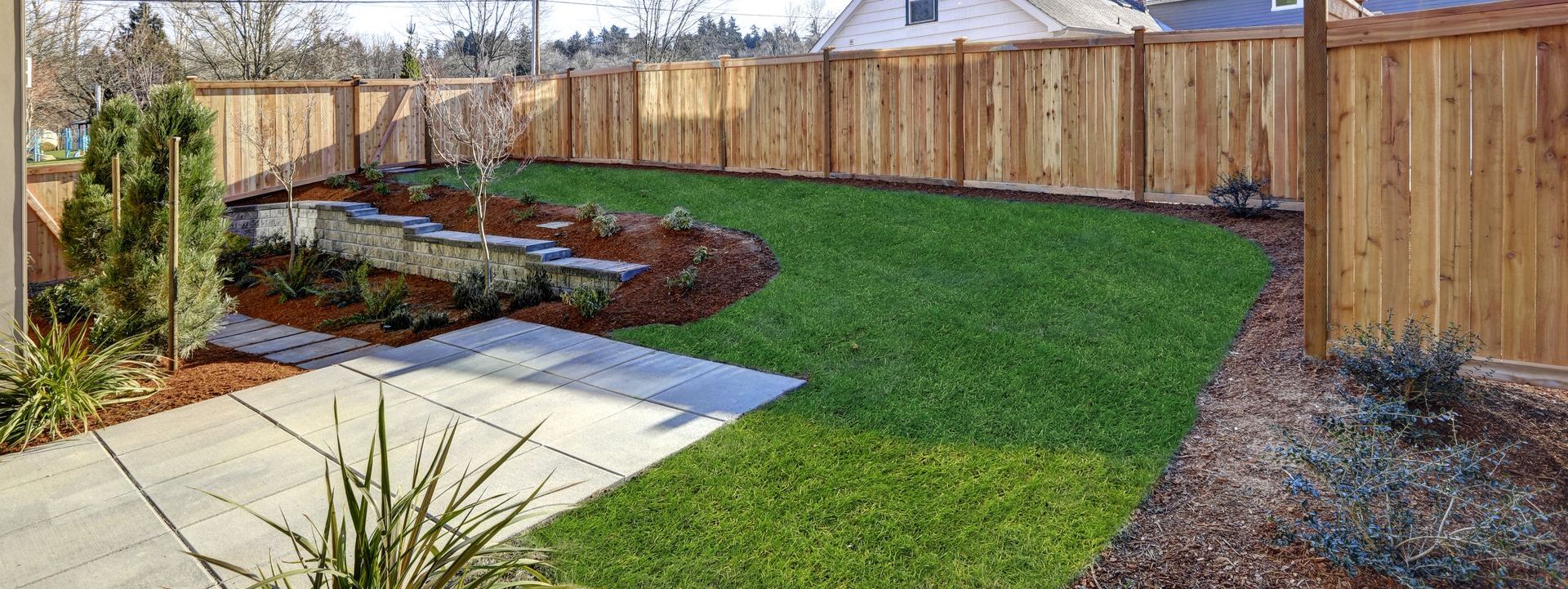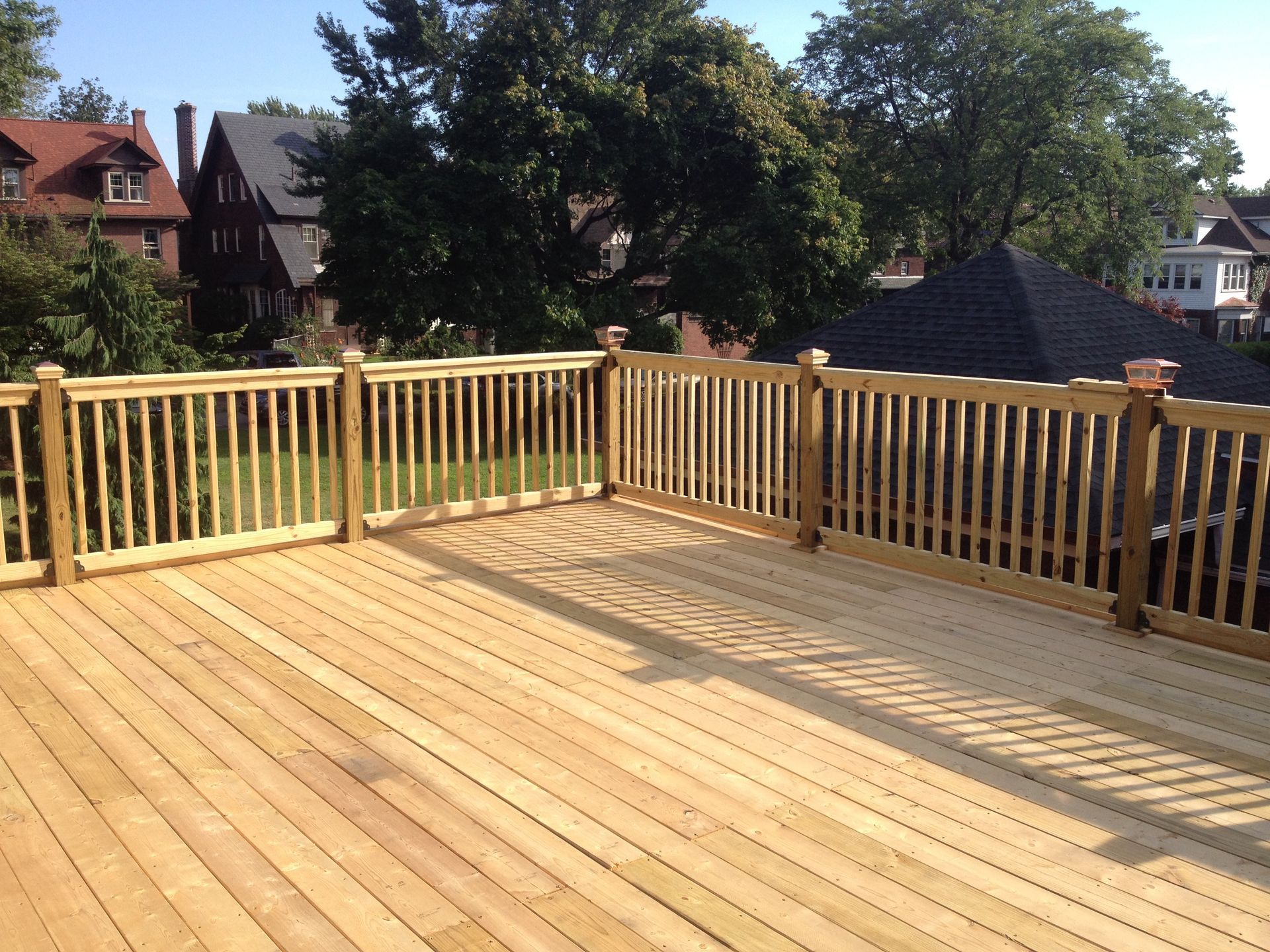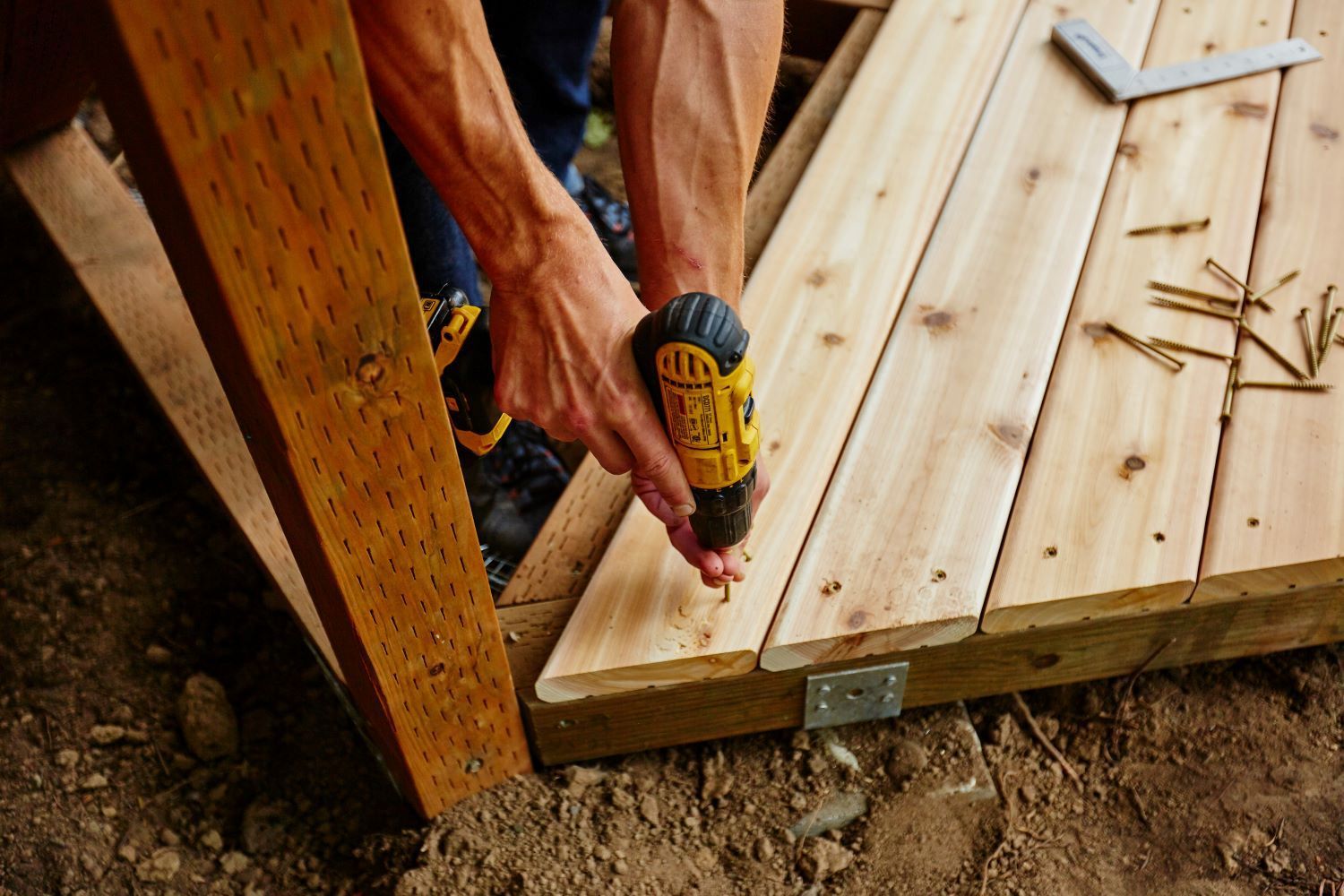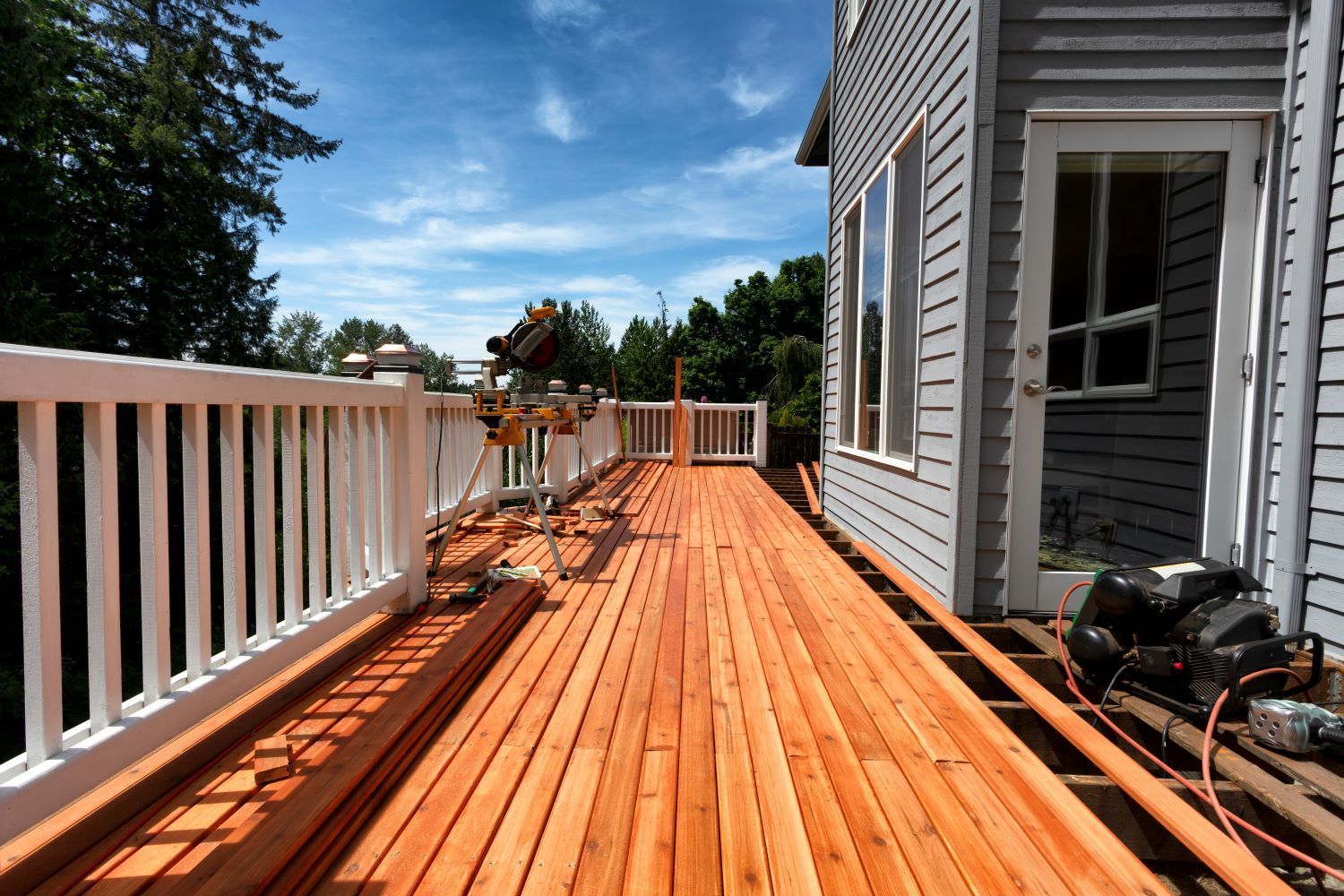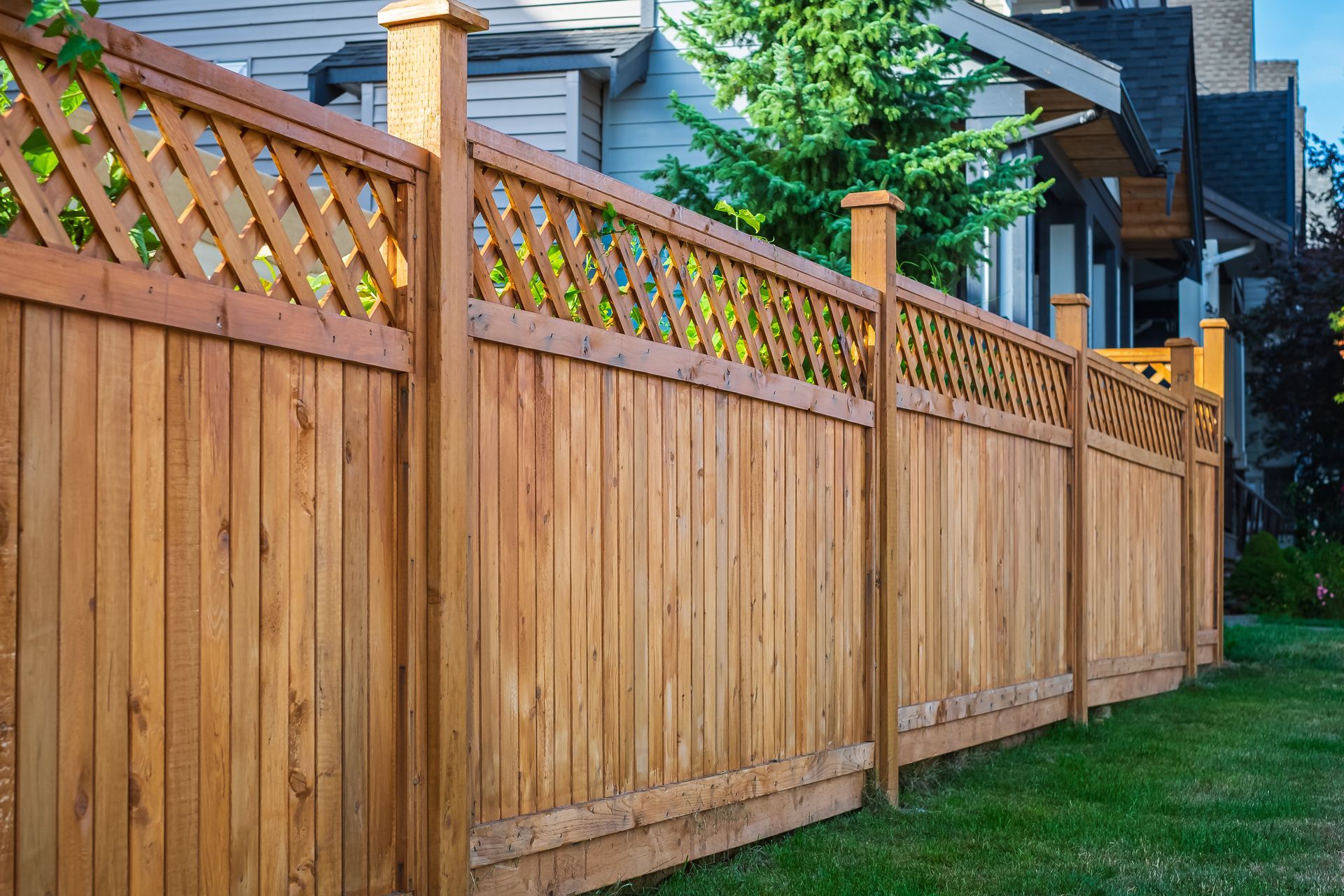Identifying Existing Damage or Weak Points in Your Fence
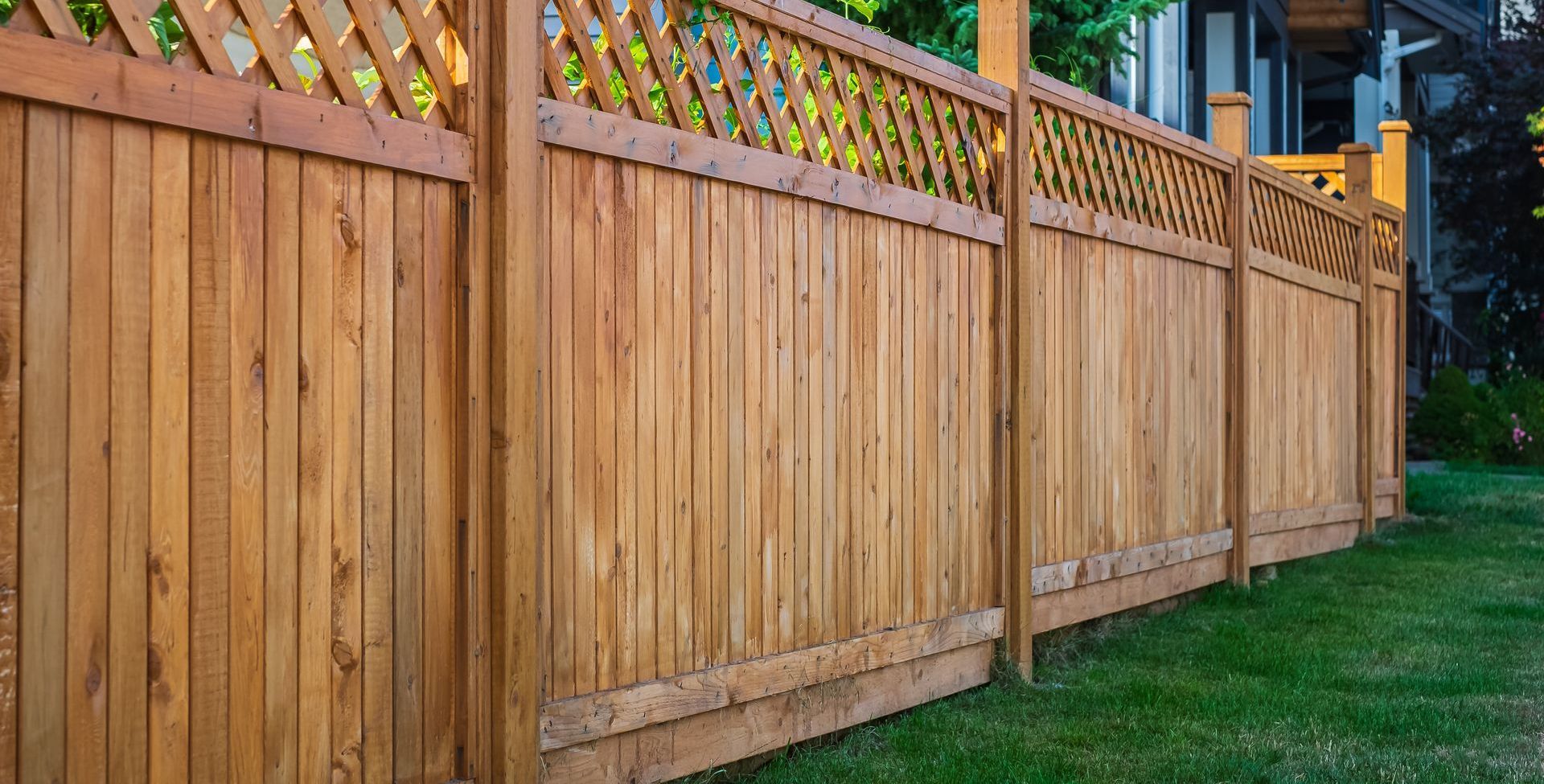
Fences are an essential aspect of any property, providing security, privacy, and aesthetic appeal. However, like any outdoor structure, fences are subject to wear and tear over time due to exposure to the elements and other factors. Regular maintenance and timely repairs are crucial to prolonging the lifespan of your fence and ensuring its functionality. Here's how you can identify existing damage or weak points in your fence:
1. Visual Inspection:
Take a walk around your property and visually inspect your fence for any signs of damage or wear. Look for:
- Cracks or splits in wooden fence panels
- Rot or decay in wooden components
- Loose or missing fasteners such as nails, screws, or bolts
- Rust or corrosion on metal fences
- Leaning or sagging sections of the fence
- Warping or bending of fence panels
- Signs of pest infestation, such as chew marks or nesting materials
2. Check for Loose or Damaged Components:
Gently push or shake the fence panels to check for looseness or instability. Pay attention to:
- Loose or wobbly fence posts
- Loose or missing fence boards or pickets
- Damaged or rotted fence rails
- Loose or damaged hardware such as hinges, latches, or brackets
3. Inspect for Signs of Moisture Damage:
Moisture damage is a common issue for wooden fences, especially in humid or rainy climates. Check for:
- Water stains or discoloration on wooden fence panels
- Soft or spongy areas indicating rot or decay
- Mold or mildew growth on the surface of the fence
- Signs of water pooling or drainage issues near the base of the fence
4. Assess the Overall Condition:
Step back and assess the overall condition of your fence from a distance. Look for:
- Uneven or crooked sections of the fence
- Gaps or spaces between fence panels
- Fading or peeling paint or stain
- Signs of wear or damage along the fence line, such as dents or scratches from lawn equipment or vehicles
5. Consider Environmental Factors:
Take into account environmental factors that may contribute to fence damage, such as:
- Exposure to harsh weather conditions such as high winds, heavy rain, or extreme temperatures
- Proximity to trees or shrubs that may exert pressure on the fence or cause root damage
- Presence of nearby construction or excavation activities that may affect the stability of the fence
Conclusion:
Regular inspection and maintenance are essential for preserving the integrity and longevity of your fence. By proactively identifying existing damage or weak points in your fence, you can address issues promptly and prevent more extensive damage in the future. If you notice any signs of damage or deterioration beyond your ability to repair, don't hesitate to contact Deck and Fence London for professional assistance. Our team of experts can assess the condition of your fence and recommend the appropriate repairs or replacements to ensure the continued beauty and functionality of your outdoor space.
